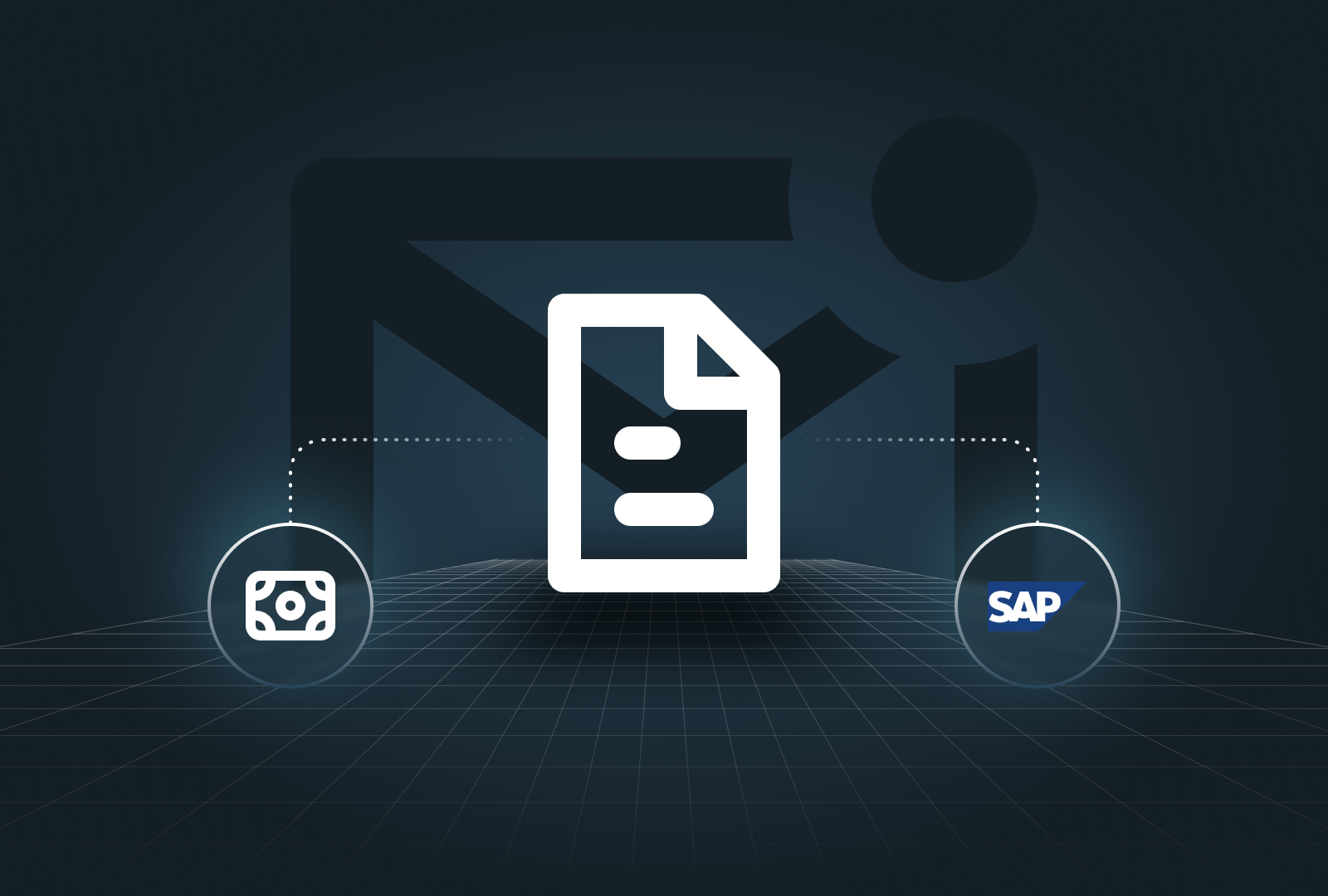Introduction
A Kraljic Matrix is a strategic tool used in procurement to segment and prioritize spending categories based on their impact on the business and supply risk.
Integrating the output of your Spend Cube into a Kraljic Matrix can help you make more informed strategic decisions regarding your procurement strategy.
In this article, we will look step by step at how to build and use the Kraljic matrix starting from the Spend Cube analysis.
Step 1: Identify spend categories
Using the output from your Spend Cube, identify and list all the categories of spend.
You can learn more about the Spend Cube analysis by reading our Step-by-Step Guide right here.
Step 2: Assess supply risk
Evaluate each category for supply risk. Consider factors such as:
- Market complexity
- Availability of substitutes
- Supplier stability
- Market competition
Step 3: Assess business impact
Evaluate the impact of each category on your business. Consider factors such as:
- Total spend
- Importance to business operations
- Contribution to profitability
Step 4: Plot categories on the Matrix
Create a two-dimensional grid with 'Supply Risk' on the Y-axis and 'Business Impact' on the X-axis. Plot each category on this grid based on the assessments from Steps 2 and 3. Here are the Kraljic Matrix Quadrants:
.png)
1. Leverage Items (High Business Impact, Low Supply Risk):
- Typically high-volume, low-complexity items.
- Focus on cost savings and efficiency.
- Use competitive bidding and volume bundling.
2. Strategic Items (High Business Impact, High Supply Risk):
- Critical for the business and difficult to source.
- Develop strategic partnerships with suppliers.
- Focus on collaboration, joint ventures, and risk management.
3. Non-Critical Items (Low Business Impact, Low Supply Risk):
- Routine items with minimal impact on the business.
- Streamline procurement processes.
- Automate ordering and minimize transaction costs.
4. Bottleneck Items (Low Business Impact, High Supply Risk):
- Items with unpredictable supply but not critical to operations.
- Ensure supply continuity.
- Maintain safety stock and develop alternative sources.
To create the Kralijc Matrix, you can use different tools like Excel, Power BI, Tableau, or similar tools. These tools allow you to plot categories dynamically and adjust positions based on updated data.
Step 5: Using the Matrix for strategic decisions
1. Develop Strategies:
- Formulate specific strategies for each quadrant.
- For strategic items, consider long-term contracts and innovation partnerships.
- For leverage items, focus on achieving the best price through negotiation and volume discounts.
2. Allocate Resources:
- Prioritise procurement resources based on the matrix.
- Allocate more resources to manage strategic and leverage items due to their higher impact.
3. Monitor and Adjust:
- Continuously monitor market conditions and adjust the matrix as needed.
- Reassess categories periodically to reflect changes in supply risk and business impact.
4. Communicate Findings:
- Present the Kraljic Matrix to stakeholders to justify procurement strategies.
- Use the matrix to facilitate discussions on resource allocation and risk management.
Conclusion
By integrating the output of your Spend Cube into a Kraljic Matrix, you can categorize spending into strategic, leverage, bottleneck, and non-critical items, providing a clear framework for developing tailored procurement strategies.
This approach helps ensure that your procurement efforts are aligned with business priorities and supply risks, ultimately enhancing procurement efficiency and effectiveness.





.png)
.png)





.png)



